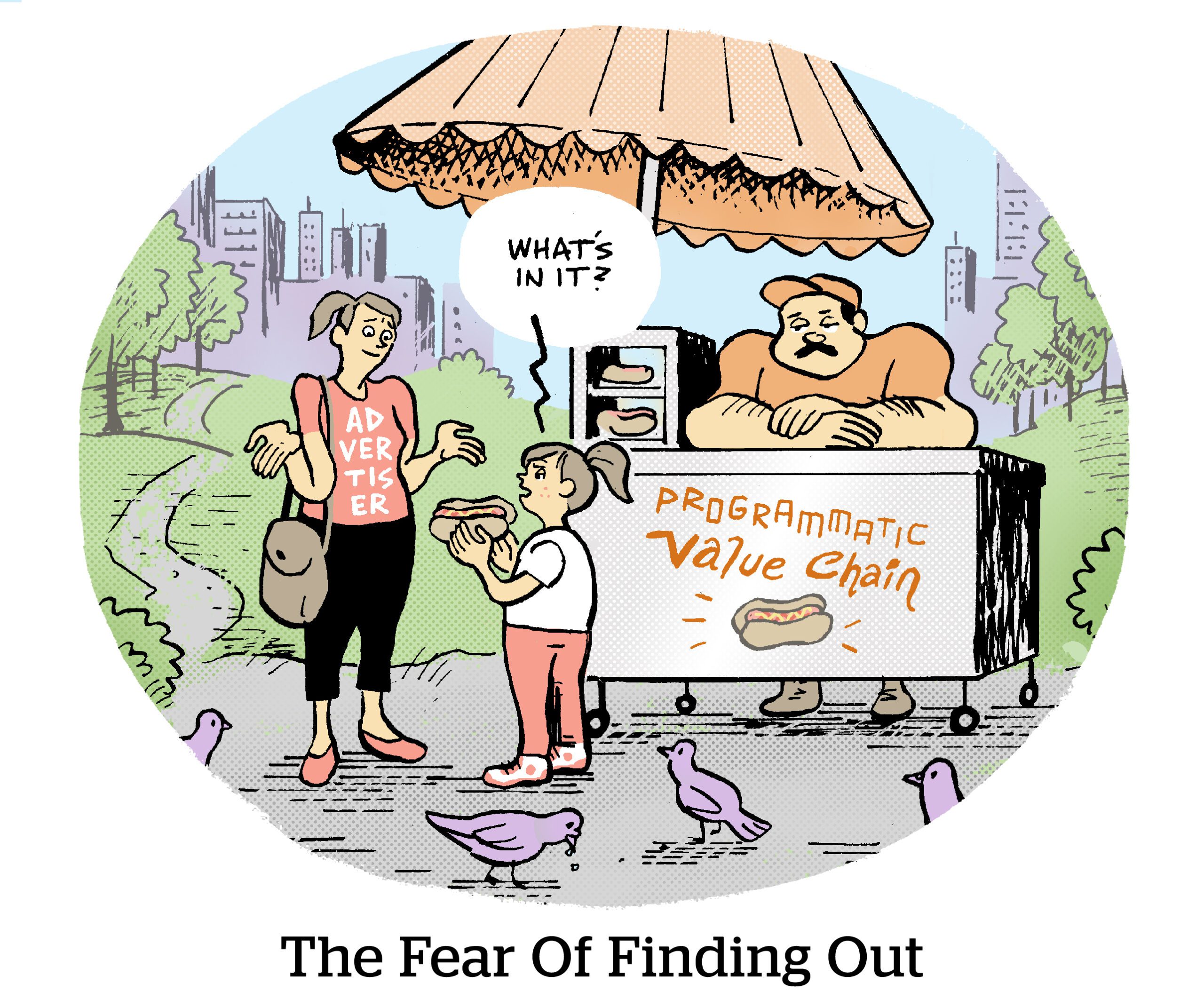
Slow growth beats no growth.
US digital ad revenue growth slowed in 2022 compared to 2021, when revenues skyrocketed 35.4% YOY as the economy roared back from the depths of the COVID-19 pandemic. Yet 2022 was a record-breaking year for US digital advertising revenues, which cracked the $200 billion mark for the first time, according to the IAB/PwC Internet Advertising Revenue Report released Wednesday. Digital ad revenues increased 10.8% YOY between 2021 and 2022 to hit $209.7 billion, and overall revenues grew $20.4 billion YOY.
In the first half of 2022, ad revenues exceeded $100 billion, growing 21.1% in Q1 and 11.8% in Q2. Ad revenues decelerated in Q3 (8.4% growth) and Q4 (4.4% growth) in response to the uncertain economy.
Rev trends
Several ad formats had particularly strong showings in 2022. Programmatic ad revenues rose by $10.4 billion, growing 10.5% YOY to reach $109.4 billion. Digital video revenues grew 19.3% YOY to reach $47.1 billion, and digital audio revenues increased 20.9% YOY for a total of $5.9 billion.
Retail media ad networks also grew quickly in 2022, achieving a total of $37.5 billion in revenues. The two largest retail media networks, which the report didn’t identify by name, dominated the space, grabbing 45% of the market.
On the flip side, social media and search revenue growth hit the brakes. Social media ad revenues amounted to $59.7 billion in 2022, seeing 3.6% YOY growth. Seems like a nice haul, but it’s the lowest revenue growth rate social media has seen in the last decade. It was also the first full year of Apple’s App Tracking Transparency feature, which contributed to stalled revenues.
“It will be interesting to see how other evolving channels, such as retail media networks, may take further dollars away from social media advertising in the future,” said Stephen Krasnow, senior manager of customer transformation at PwC, during a webcast presentation of the report.
Search revenue grew 7.8% YOY in 2022, yet its market share fell 1.2 percentage points since 2021. Digital video, display and AI programs such as ChatGPT are steadily encroaching on search’s territory.
Mobile ad revenues stayed strong in 2022, growing 14.1% YOY to reach new highs of $154.1 billion. Mobile now makes up 73.5% of total internet ad revenues as consumers increasingly turn to digital environments. Plus, greater digital adoption of 5G, podcasts and social commerce, for example, are expected to continue boosting mobile ad revenues in 2023.
The top 10 internet advertising companies account for 76.8% of total ad revenues, with overall ad revenues of $161.1 billion. Despite the outsized effect these players have on the industry, their market share decreased 1.8 percentage points in 2022 – the first decrease since 2016.
Mid-tier and long-tail publishers are scooping up more revenues, with the companies in the 11-25 positions securing $14.3 billion and the other companies nabbing $34.3 billion. Hardly small potatoes.
“The mid- and small-size players are going to be increasingly relevant to the conversation,” said CJ Bangah, principal in the marketing strategy and operations practice at PwC. “It’s going to be fair game across the board on who continues to gobble up share and drive the next iteration of growth.”
The road ahead
Aside from revenue figures, the IAB report and webcast discussed shifts to watch for in the advertising industry, such as the growing importance of privacy in data-driven advertising.
Various national and international regulations have thrust privacy into the spotlight. The public has become more aware of privacy issues, and consumers continue to voice their concerns about how companies collect and use their data.
Advertisers who want to reach and measure audiences “with fewer identifiable data points” are turning to options such as data clean rooms, contextual targeting and retail media networks that offer advertisers “closed-loop systems to track consumer behavior,” said Jack Koch, SVP of research and Insights at IAB.
Consumers are also flocking to creator content on user-generated channels and watching content that matches their interests, which are often very niche and “cater directly to them,” Koch said. Production values matter less when a piece of content is engaging.
As for generative AI, the marketing industry’s darling/devil of the moment, “there’s a big gap between the hype cycle and budgets moving years later,” said Luke Stillman, SVP of global intelligence at Magna Global. “Most brands are, by nature, conservative. It’s going to be hard to trust a black box, especially when no one can explain how that black box works.”
Eventually, the industry applications for generative AI might be dazzling. But brands have brand safety and privacy concerns that keep them from fully adopting the technology, Stillman said. “In terms of reshaping the advertiser landscape, we’re talking about several years from now at the earliest.”
Nothing wrong with taking it slow.






 By
By 



